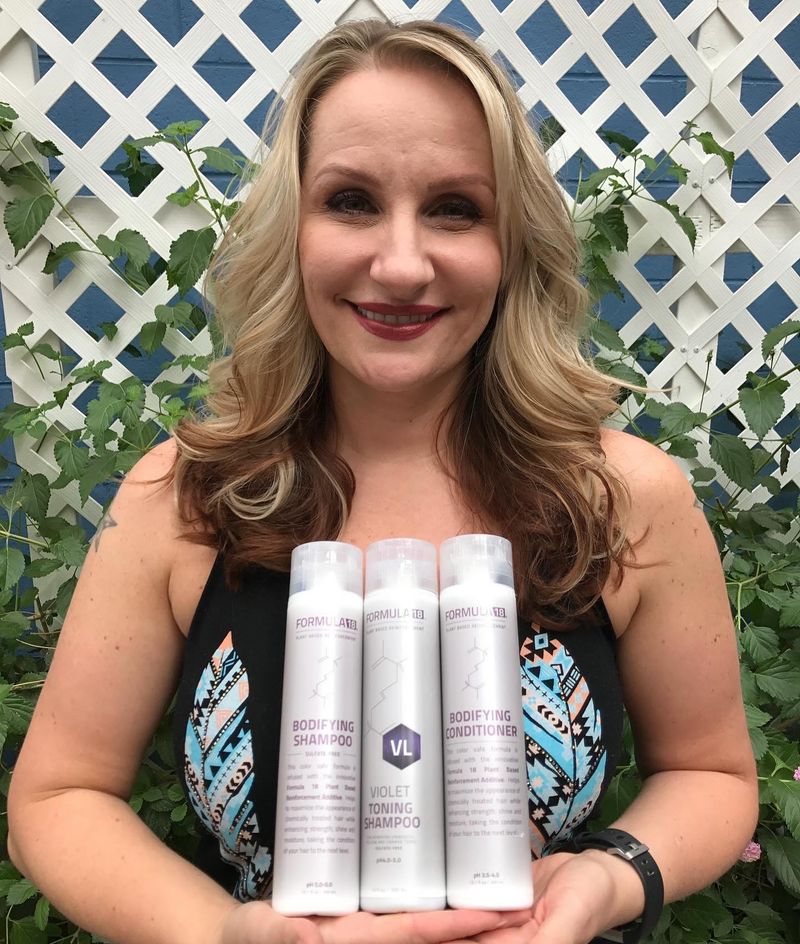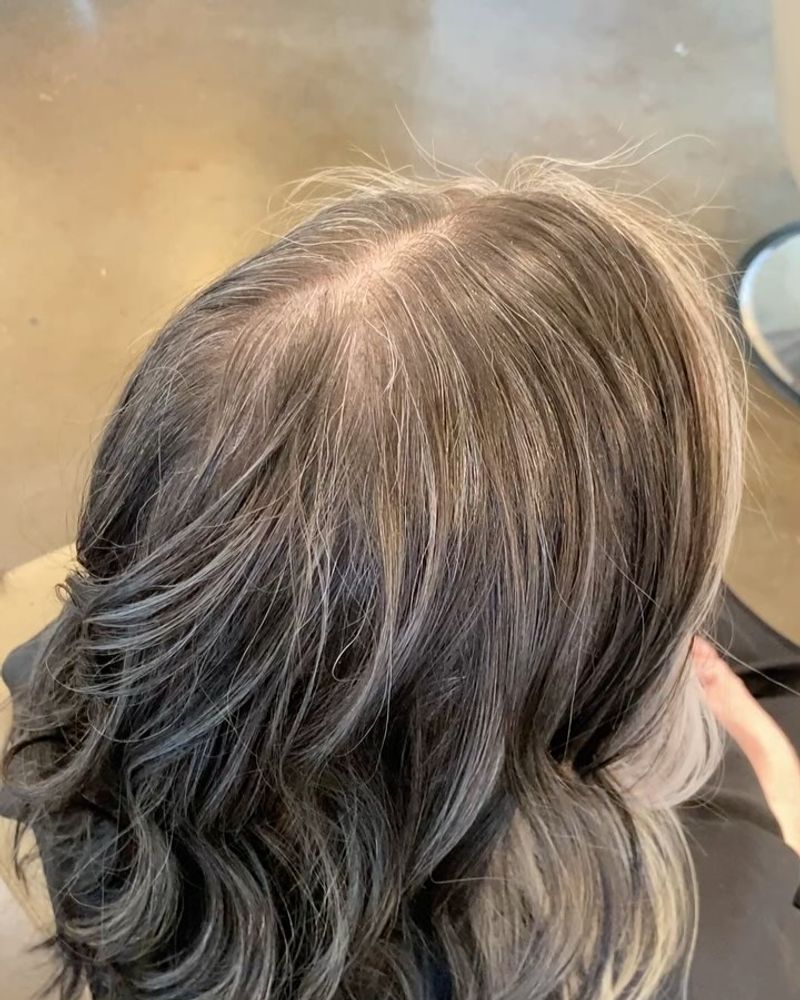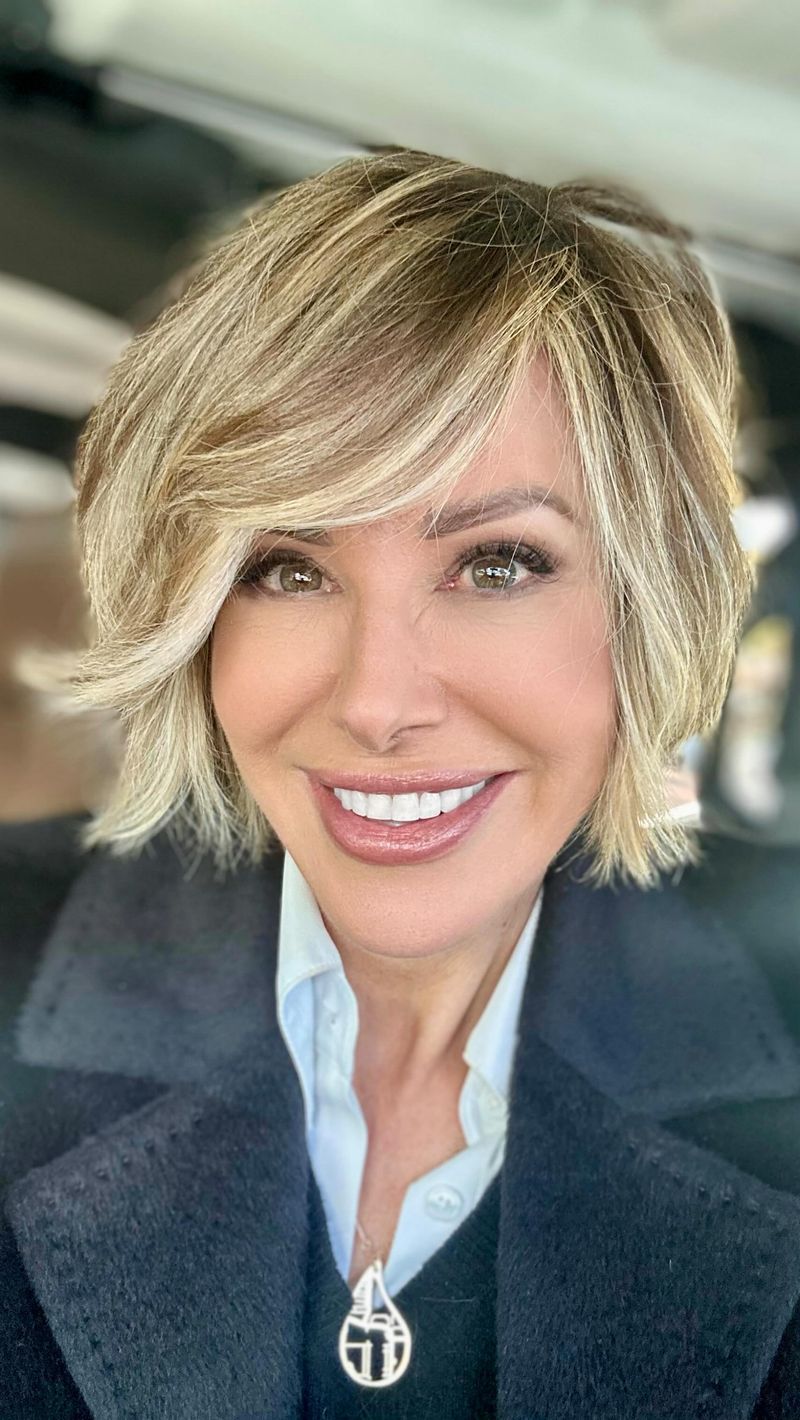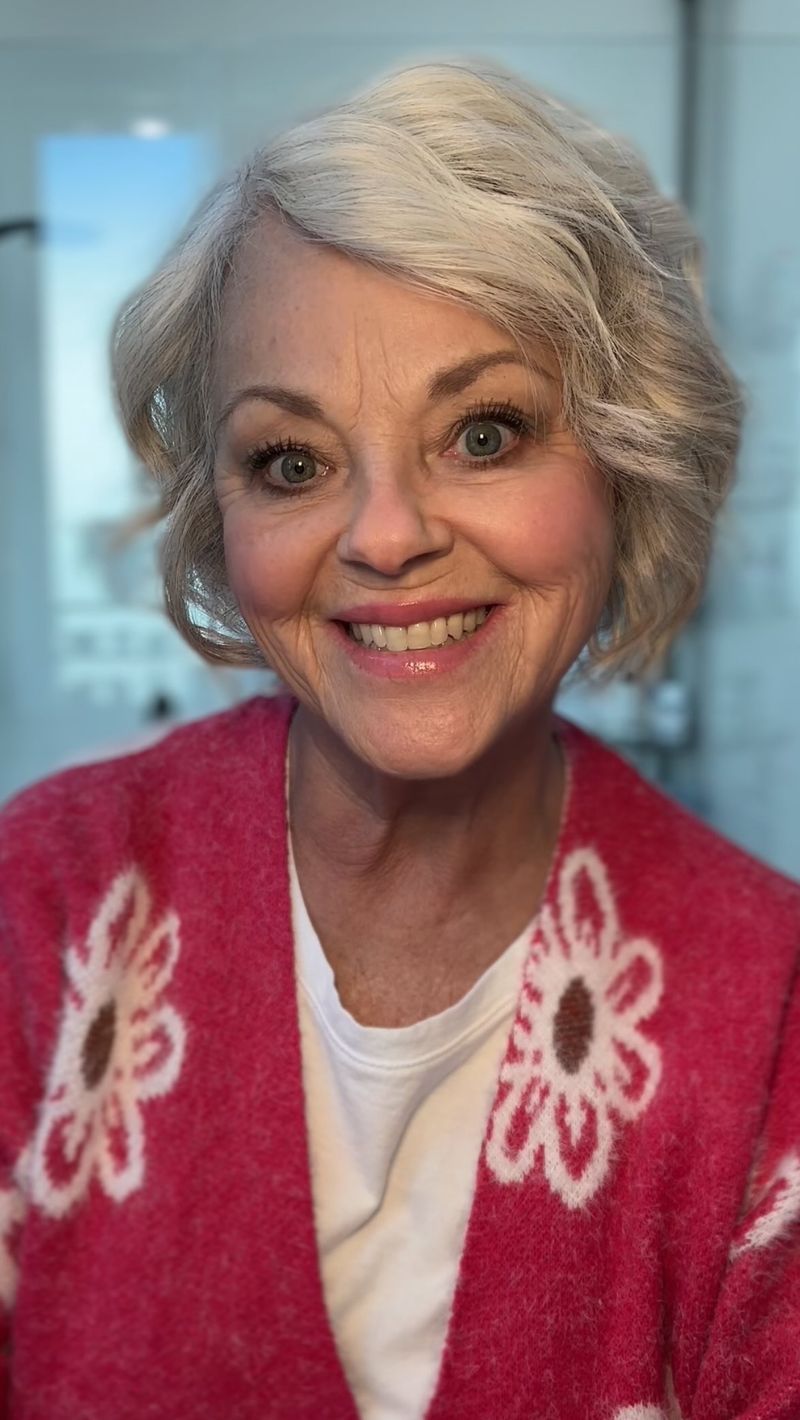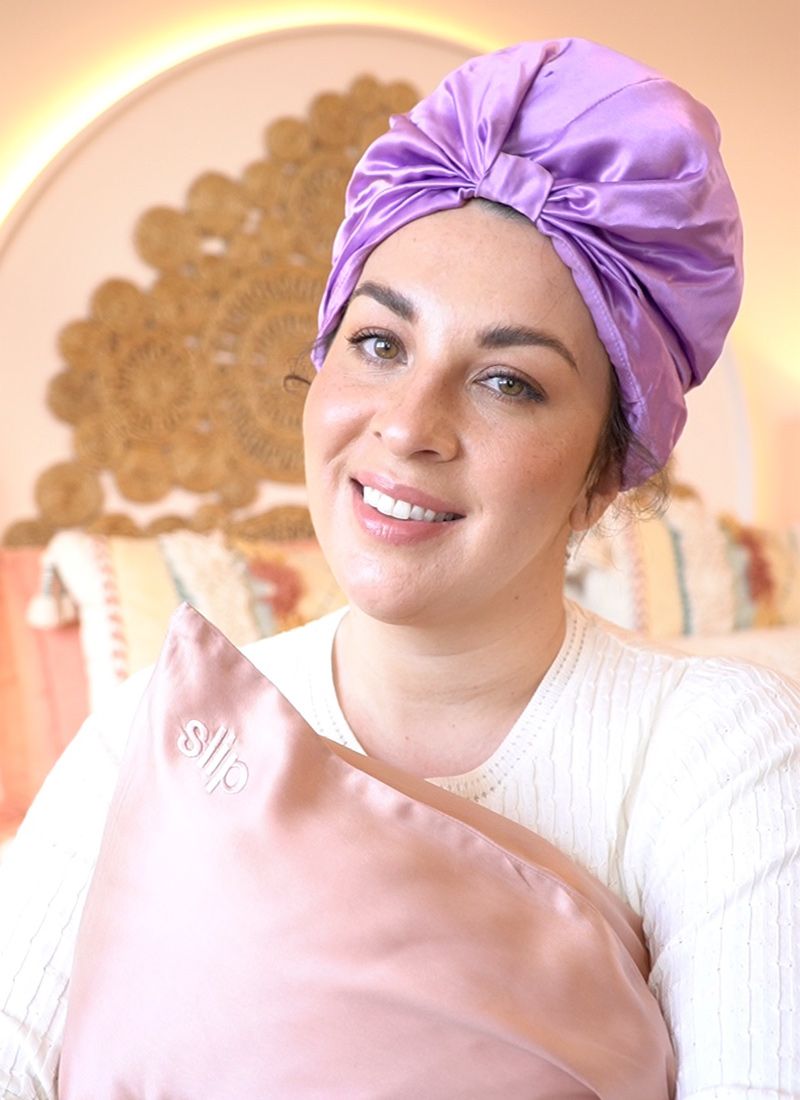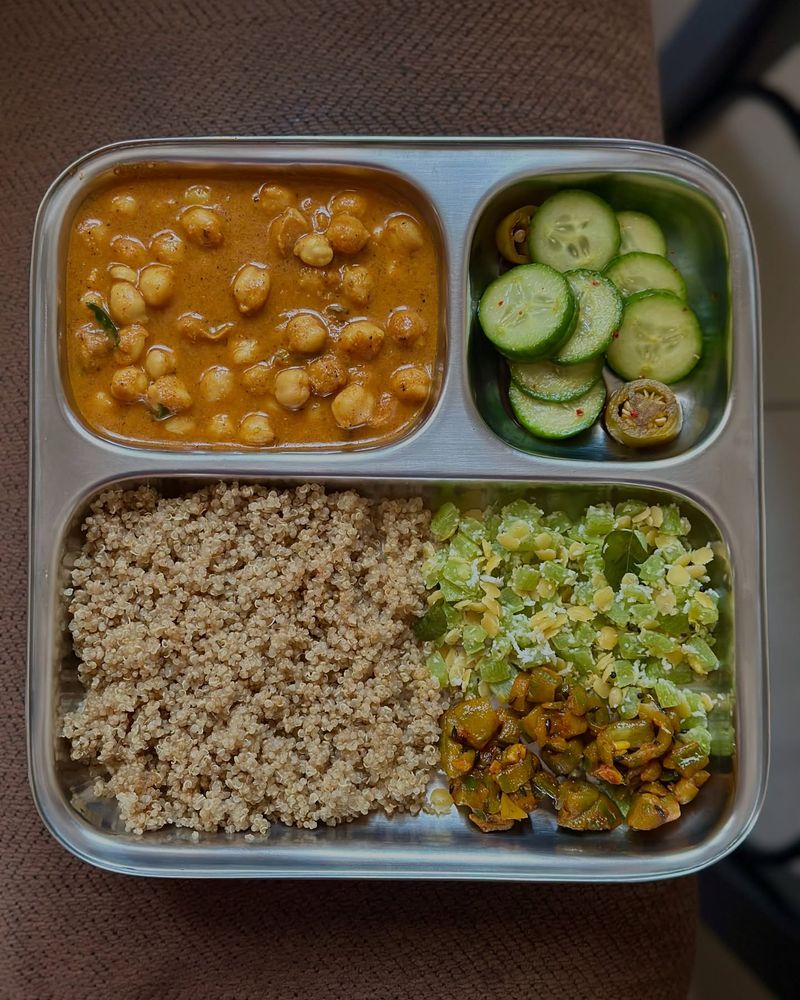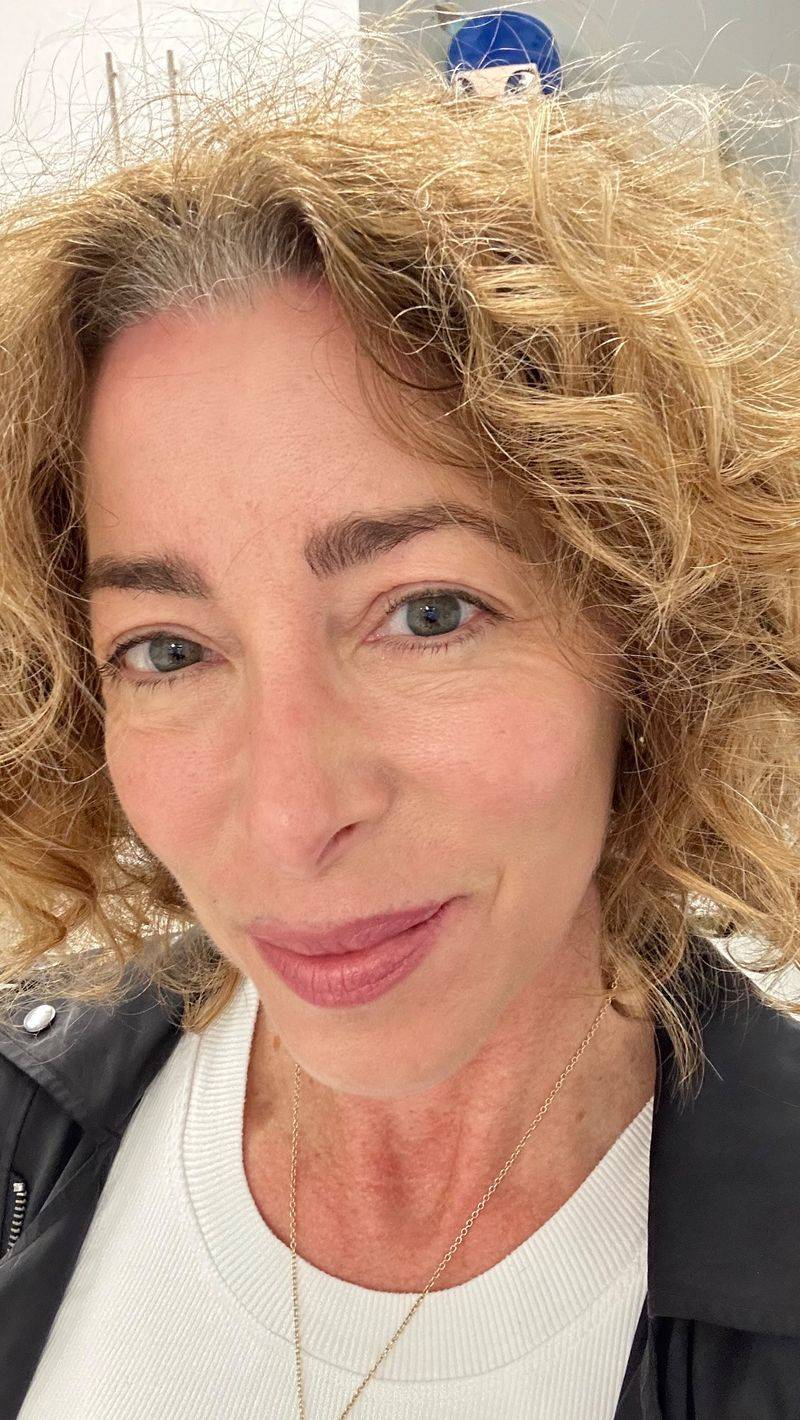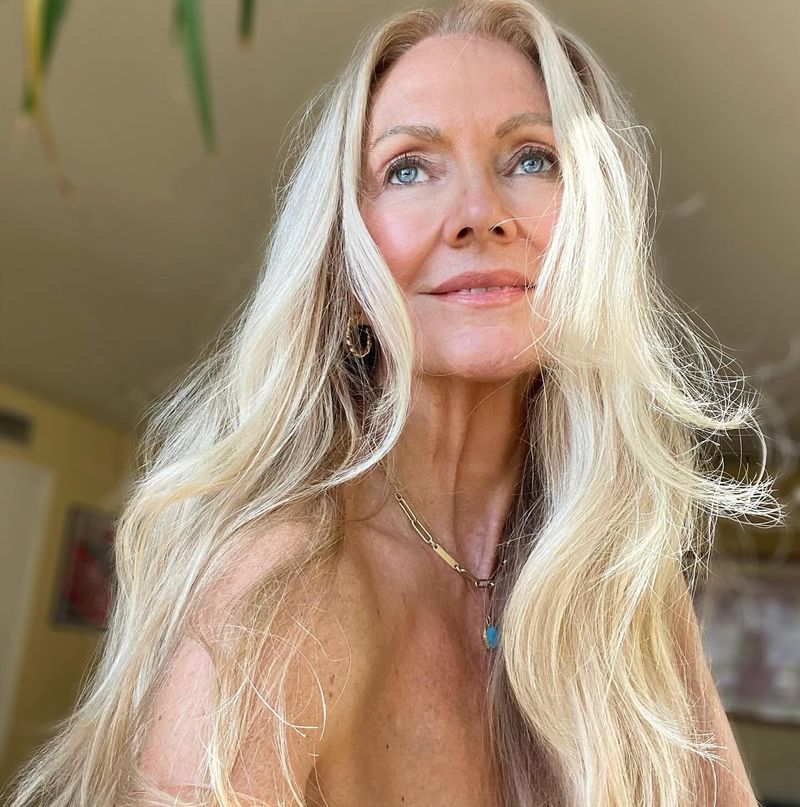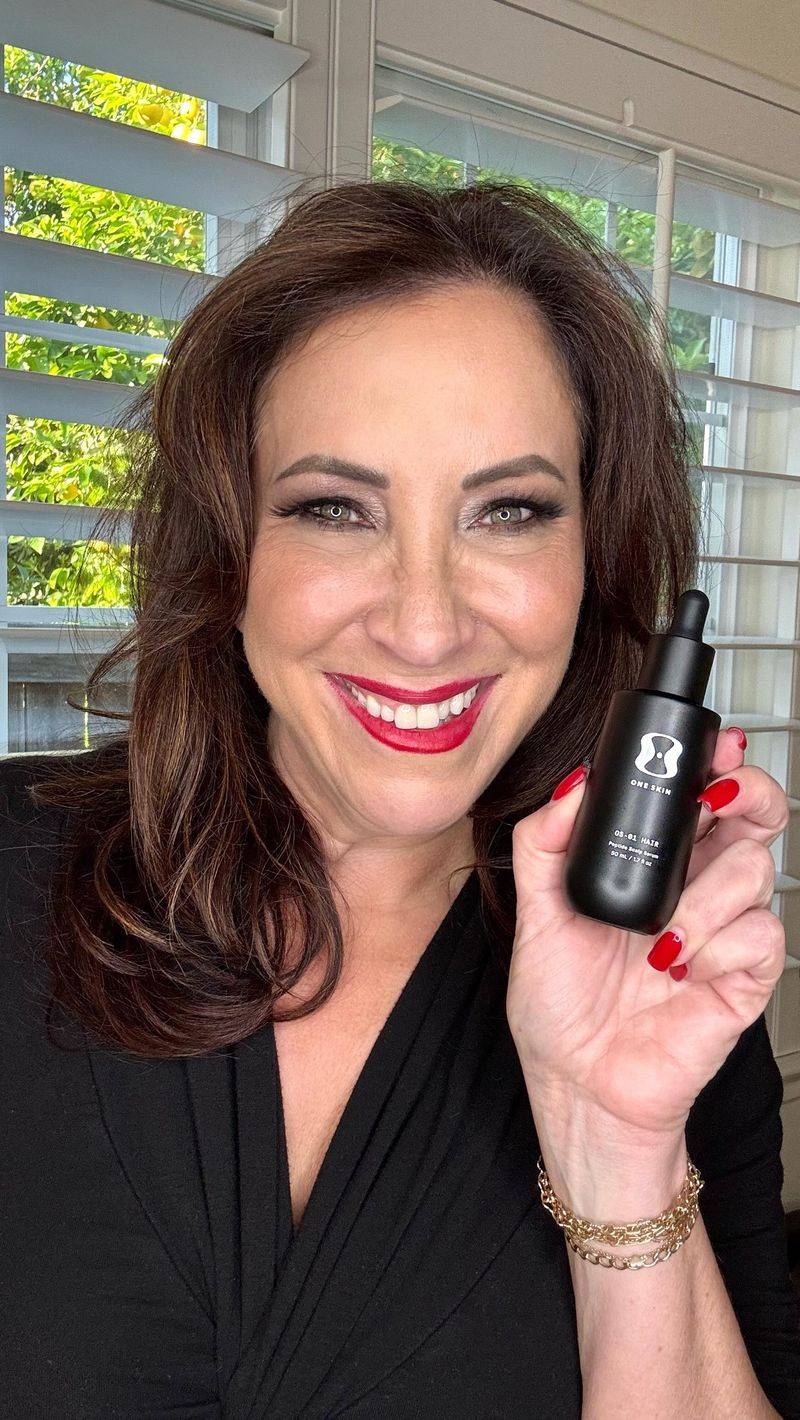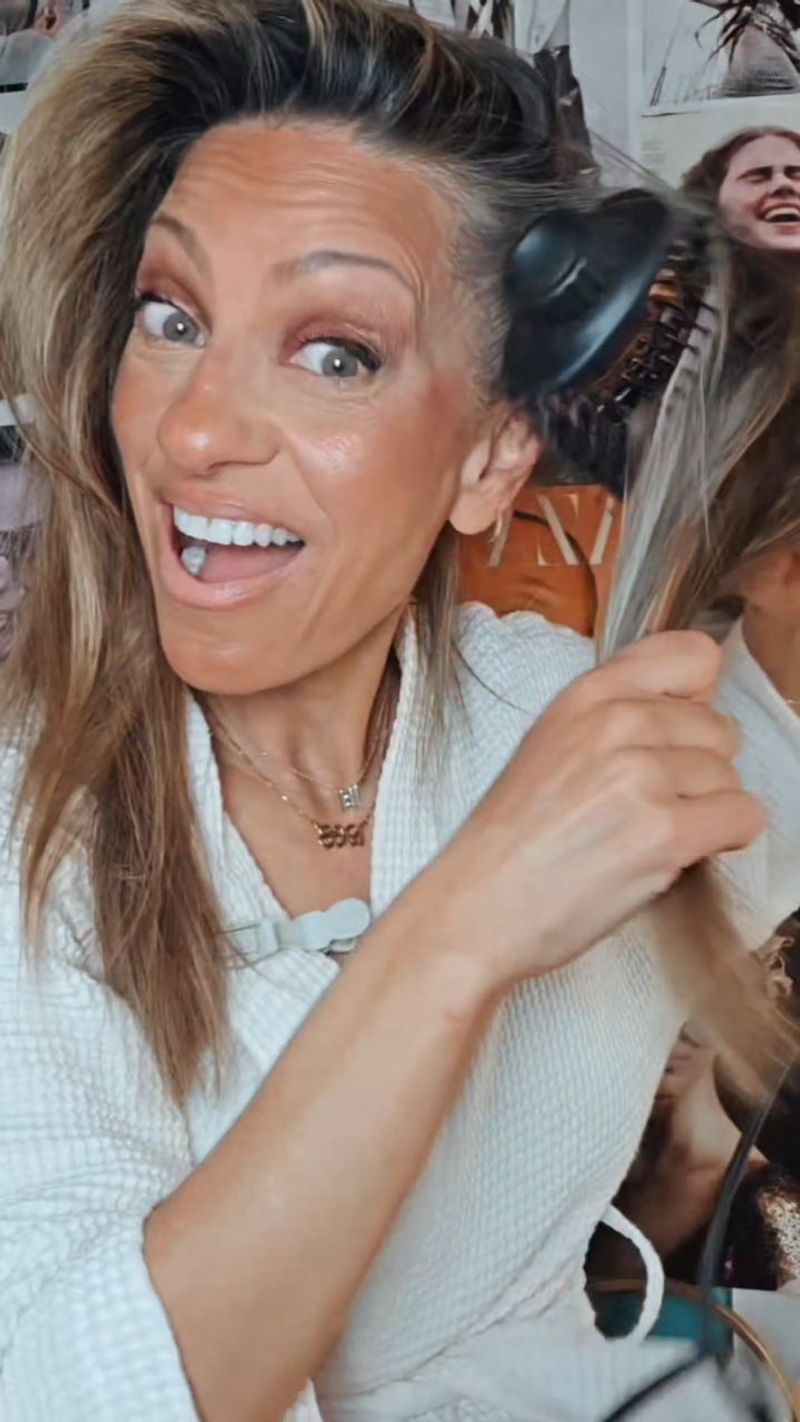10 Haircare Tips Every Woman Over 60 Needs To Know
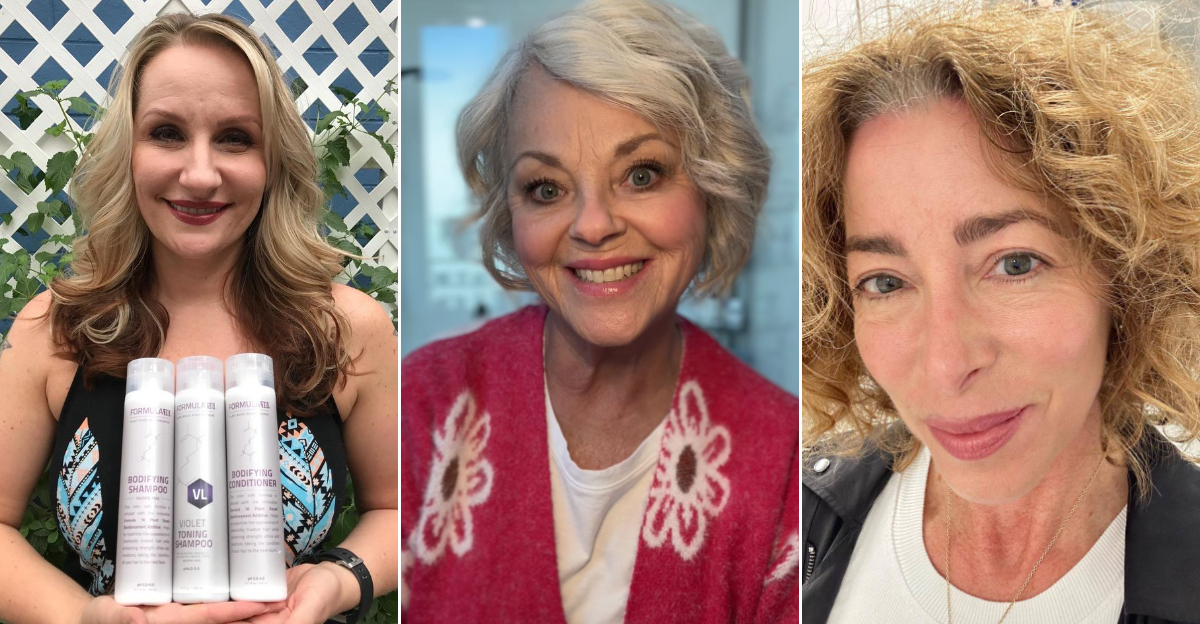
Growing older brings wisdom, confidence, and beautiful changes to our hair.
I’ve noticed my own silver strands need different care than they did decades ago.
After years of experimenting and talking with other women my age, I’ve gathered ten essential haircare tips that work wonders for mature hair.
These simple strategies will help you embrace your hair’s new texture and keep it looking its best.
1. Switch to Sulfate-Free Shampoo
Your aging hair produces less natural oil than it did in your younger years. Regular shampoos with harsh sulfates strip away these precious oils, leaving hair brittle and prone to breakage. I switched to sulfate-free formulas last year and saw immediate improvement. Look for gentle cleansers with moisturizing ingredients like glycerin or aloe vera.
These clean without disrupting your hair’s natural moisture balance. Many women in my book club have made the same change with excellent results. You might pay a bit more for these specialized products, but using less product each wash makes them last longer. Your silver strands will thank you with more shine and softness than you’ve seen in years.
2. Embrace Hair Masks Weekly
Hair masks became my Sunday ritual after noticing how dry my locks felt year-round. Aging hair lacks moisture and protein, making weekly deep conditioning essential, not optional. I apply mine after shampooing and leave it on while enjoying my morning coffee. Choose masks containing ingredients like argan oil, shea butter, or keratin.
These powerhouses penetrate deeply, restoring elasticity to brittle strands. My neighbor Carol swears by homemade avocado masks, which work wonderfully if you prefer natural alternatives. For best results, wrap your hair in a warm towel while the mask works its magic. This opens the cuticle, allowing deeper penetration of nourishing ingredients. You’ll feel the difference immediately when you rinse it out.
3. Find Your Perfect Haircut
Gone are the days when turning 60 meant automatically chopping everything off! My hairstylist helped me discover that shoulder-length layers work perfectly with my face shape and hair texture. The right cut makes all the difference in manageability and appearance. Thinning hair benefits from blunt cuts that create the illusion of fullness.
If your hair remains thick, layers can remove weight and add movement. Consider your lifestyle too – how much styling time can you realistically commit each morning? Bring photos to your stylist showing styles you like on women with similar hair texture. Don’t be afraid to try something new! My friend Barbara recently got a modern pixie cut that took years off her appearance and simplified her morning routine.
4. Protect From Heat Damage
My morning blow-dry routine was wreaking havoc until I learned about heat protection. Aging hair is particularly vulnerable to heat styling damage since it’s naturally drier and more fragile. Now I never apply heat without a protective spray first. Invest in quality tools with temperature controls. Most of us don’t need the highest setting – medium heat usually works perfectly well.
I’ve started allowing my hair to air-dry partially before finishing with a dryer, which minimizes exposure time. Consider embracing your natural texture some days. My curly-haired friend Margaret uses diffuser attachments instead of straightening, preserving her hair’s health. Whatever your styling preference, remember that heat-free days give your hair valuable recovery time.
5. Sleep On Silk Pillowcases
Cotton pillowcases create friction that damages hair while you sleep. I discovered this the hard way after noticing increased breakage and morning frizz. Switching to silk pillowcases was a game-changer for my hair’s overnight health. Silk allows hair to glide smoothly as you move during sleep, preventing those annoying sleep creases and reducing breakage.
My hair stays smoother longer between washes now. The initial investment pays off quickly in reduced damage and extended style longevity. An added bonus? Silk pillowcases are gentler on facial skin too, helping prevent sleep wrinkles. My sister tried satin as a less expensive alternative and reports similar benefits. Either option works better than traditional cotton for protecting your precious strands.
6. Nourish Hair From Within
Beautiful hair starts on your plate, not just your bathroom shelf. After struggling with increased shedding, I consulted my doctor who recommended specific nutrients for hair health. Protein, omega-3 fatty acids, and vitamins like biotin play crucial roles in hair strength. Salmon, eggs, nuts, and leafy greens have become staples in my weekly meal planning.
I’ve noticed stronger new growth since making these dietary changes. Collagen supplements have also made a noticeable difference for many women in my community center’s health group. Stay hydrated too! Water helps nutrients reach your hair follicles efficiently. I keep a marked water bottle nearby as a reminder to drink throughout the day. Remember that healthy hair growth takes time – give your nutrition changes at least three months to show visible results.
7. Manage Hormonal Hair Changes
Hormonal shifts don’t stop after menopause. My hair continued changing well into my sixties, becoming progressively thinner at the crown. Rather than hiding under hats, I talked openly with my doctor about treatment options. Topical minoxidil works for many women our age. I started with the lower concentration and saw noticeable improvement within six months.
Some friends have had success with prescription options like spironolactone or specialized hormone therapy when appropriate for their overall health. Regular scalp massages increase blood flow to follicles, potentially improving growth. I use a silicone scalp massager in the shower – it feels wonderful and takes just minutes. Being proactive rather than resigned to hair loss has made all the difference in maintaining my confidence and hair volume.
8. Choose Age-Appropriate Hair Color
Harsh black dye against mature skin creates an aging effect – I learned this mistake firsthand! Softer tones complement our changing skin tone much better. My colorist suggested going just one shade lighter than my natural color for a more flattering look. Consider highlights or lowlights rather than single-process color. These dimensional techniques create movement and the appearance of fullness.
Many women in my social circle have embraced their natural silver or white, using purple shampoos to enhance brightness and prevent yellowing. Whatever color path you choose, professional application minimizes damage. Home coloring kits can be harsh on already fragile hair. I schedule appointments every 6-8 weeks rather than more frequently, giving my hair recovery time between processing sessions.
9. Perfect Your Washing Schedule
Daily washing strips natural oils our aging hair desperately needs. I gradually stretched my washing schedule to twice weekly, using dry shampoo between washes. My scalp adjusted after a brief transition period, and my hair looks healthier than ever. Lukewarm water preserves moisture better than hot showers. I finish with a cool rinse to seal the cuticle, creating extra shine.
On non-wash days, I refresh my style with a light misting of water and a quick blow-dry on low heat. When washing, focus shampoo on the scalp and conditioner on the ends. This targets cleaning where oil accumulates while moisturizing the driest portions. My friend Janet uses shower caps on non-wash days to protect her blowout while showering – simple but effective for maintaining your style longer.
10. Experiment With Volumizing Techniques
Rollers aren’t just for our mothers’ generation! I rediscovered velcro rollers last year and now use them whenever I need extra volume. Place them at the crown while you finish your makeup for an instant lift that lasts all day. Backcombing has evolved too. Modern teasing techniques use gentle backbrushing at the roots only, avoiding damage to the visible hair.
My hairstylist taught me to use a boar bristle brush for this purpose rather than fine-tooth combs that can break strands. Try changing your part occasionally. Hair tends to lie flatter where you’ve parted it for years. Simply moving your part one inch can create surprising volume. When blow-drying, I flip my head upside down for the first few minutes – this simple trick creates natural lift without any products or tools.

